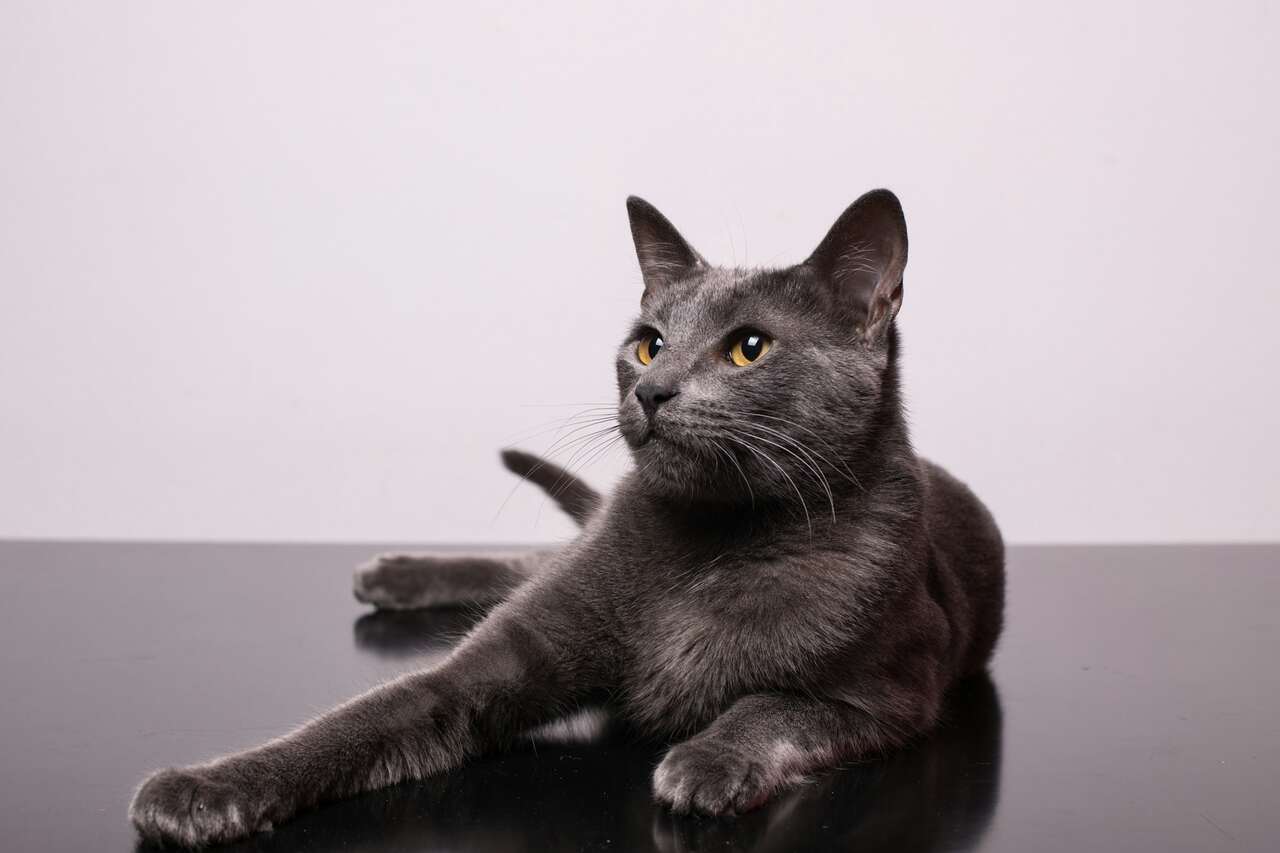
Cats, recognized for their natural abilities to play, run, and jump, are solidifying their position as the pets of the future. Once considered independent and mysterious, cats are increasingly seen as loyal companions to their owners.
+ Cute video: loving monkey couple faces heavy rain together
But they’ve been standing out for a long time. For years, they have been represented in various ways and in various contexts, from cultural and religious to therapeutic, as they possess an authentic and unique personality.
And to tell about the different roles of cats in the world, Mars Petcare, an expert in nutrition and animal welfare, owner of the brands ROYAL CANIN®, PEDIGREE®, and WHISKAS®, highlights some historical and contemporary curiosities of the species. Check it out!
Cultural and religious symbols
With a prominent presence in various cultures around the world, cats are revered and associated with cultural and religious symbols in many traditions. In Europe, during the Middle Ages, they were considered rare, precious, and valued for their hunting skills and companionship.
In Egyptian mythology, they were revered as sacred creatures and associated with deities like the goddess Bastet, whose representation included a cat’s head, while in the Roman context, they symbolized freedom.
Guardians
Cats play a crucial role both in sacred places, such as cathedrals and temples, and in their homes, where they serve as guardians, alerting residents to the presence of strangers or intruders through their auditory sensitivity and vigilant behavior. In many cultures, it is also believed that these animals protect their owners from negative energies and bad influences.
Popular icons
From ancient civilizations to the present day, cats also occupy a place as cultural icons and sources of creative inspiration. In literature, for example, the French poet Charles Baudelaire dedicated an entire poem to his relationship with his cat in “The Spleen of Paris.”
In painting, artists like Edouard Manet and Pierre-Auguste Renoir depicted cats in their works, highlighting their elegance and mystery. Additionally, cartoon characters have become idols over the years, captivating generations with their fascinating personalities.
Hosts
Cat cafés have adapted their spaces to provide, in addition to the gastronomic experience, an opportunity to adopt a pet responsibly. In these spaces, visitors can enjoy interactions with cats while also having the chance to find a new companion.
Many of these establishments welcome cats rescued by NGOs, offering them a second chance to find a loving home. Additionally, cats are often hosts at charity events and therapeutic programs, contributing to a warm and relaxing atmosphere.
Therapists
Cats play a significant role as therapists, offering emotional comfort and support to people in a variety of contexts. In places like hospitals, nursing homes, and even among military police officers, cats demonstrate an interesting ability to form deep emotional bonds with humans.
Their friendly and comforting presence provides moments of calm and connection, helping to alleviate the stress and anxiety of everyday life. Interaction with therapeutic cats can have a significant impact on people’s mental and emotional health, highlighting the value of these animals as partners in promoting human well-being.
This content was created with the help of AI.

